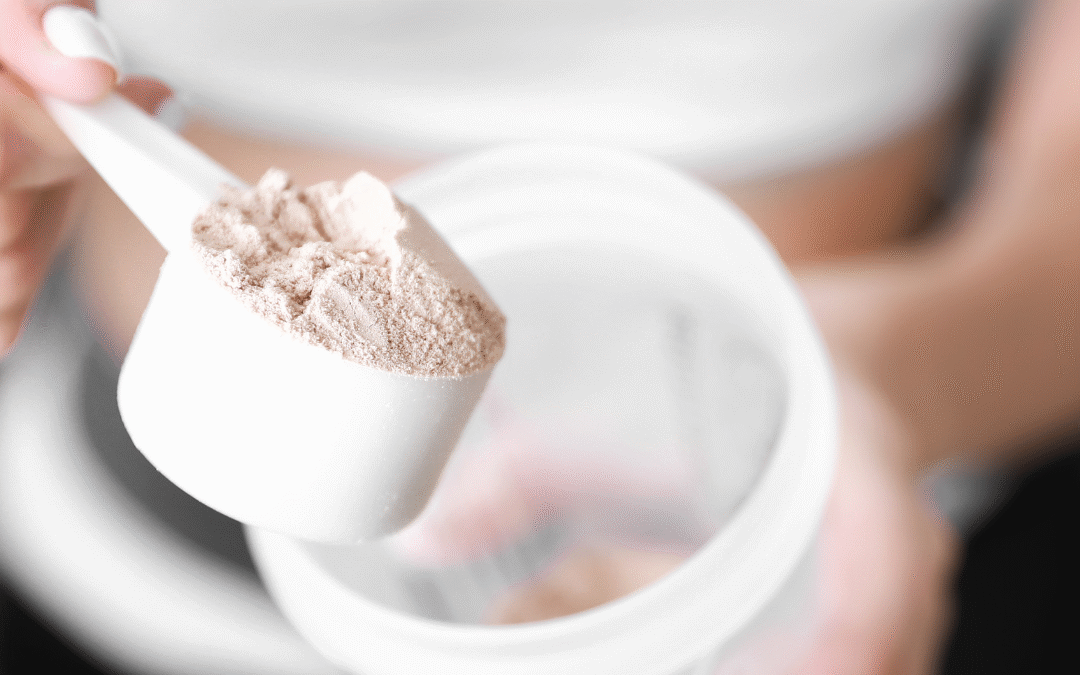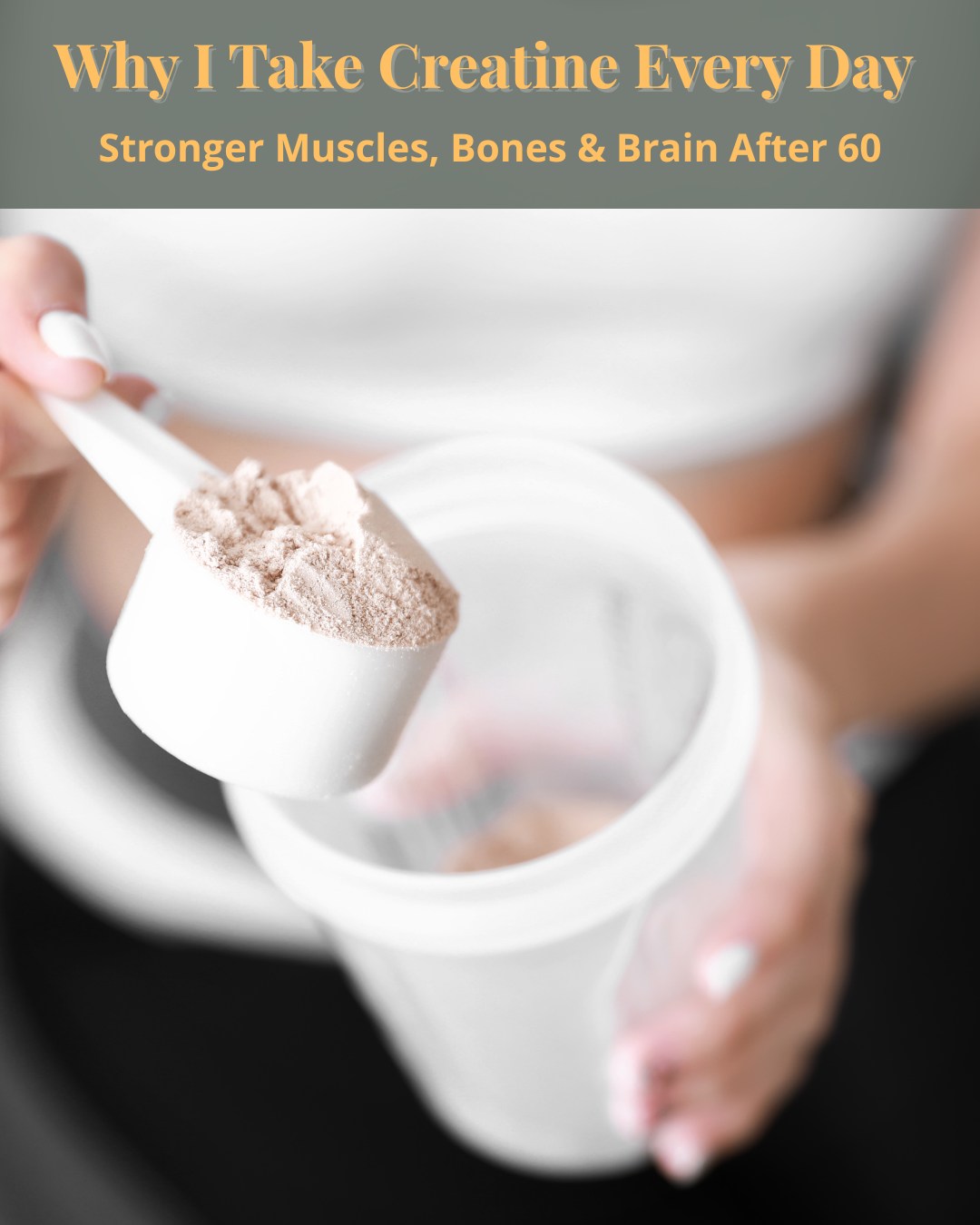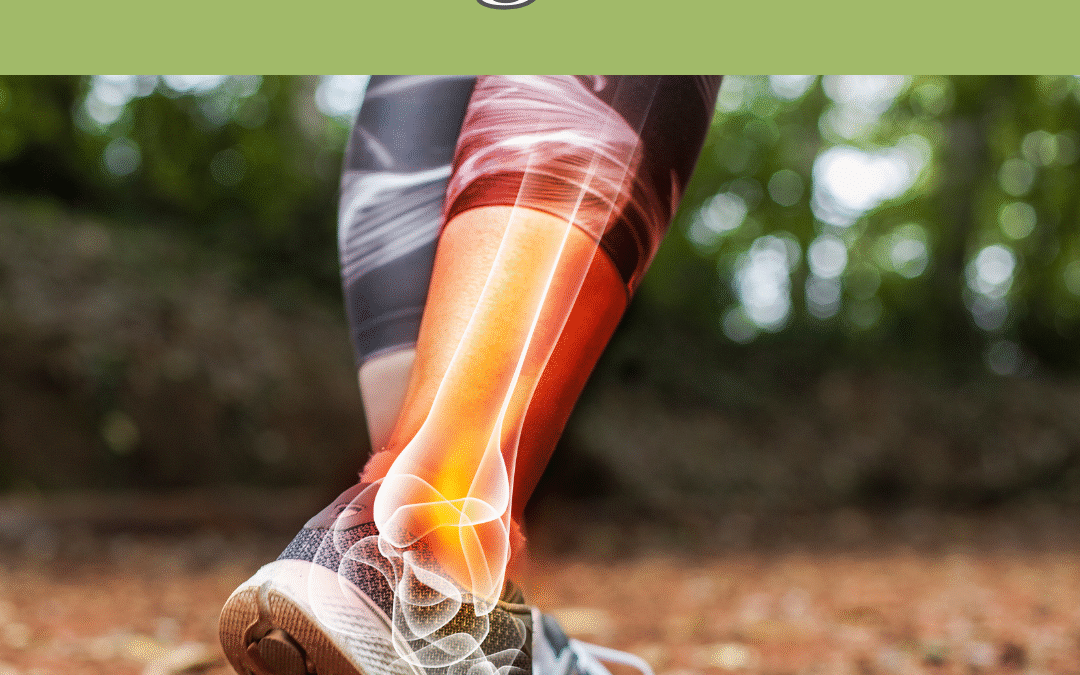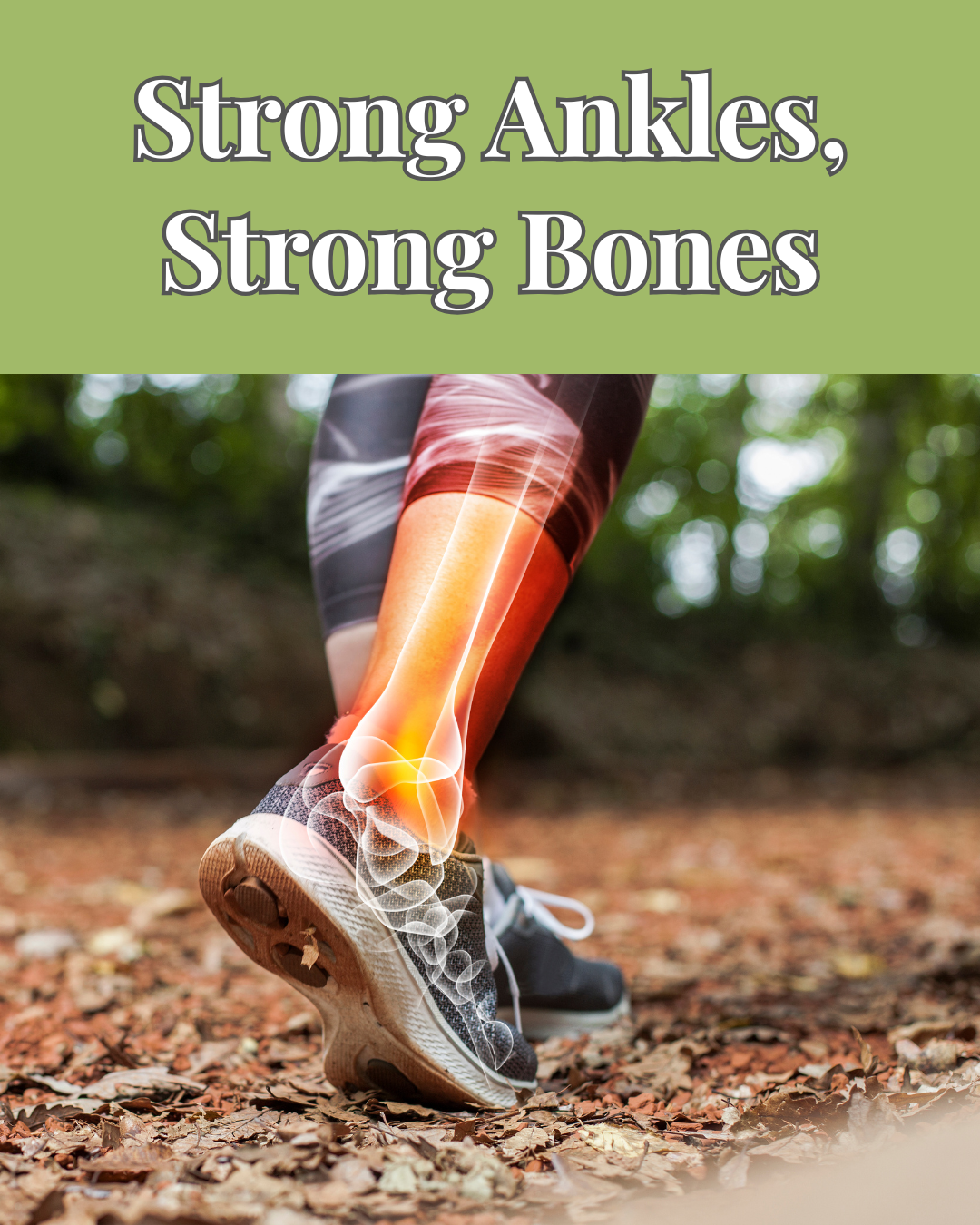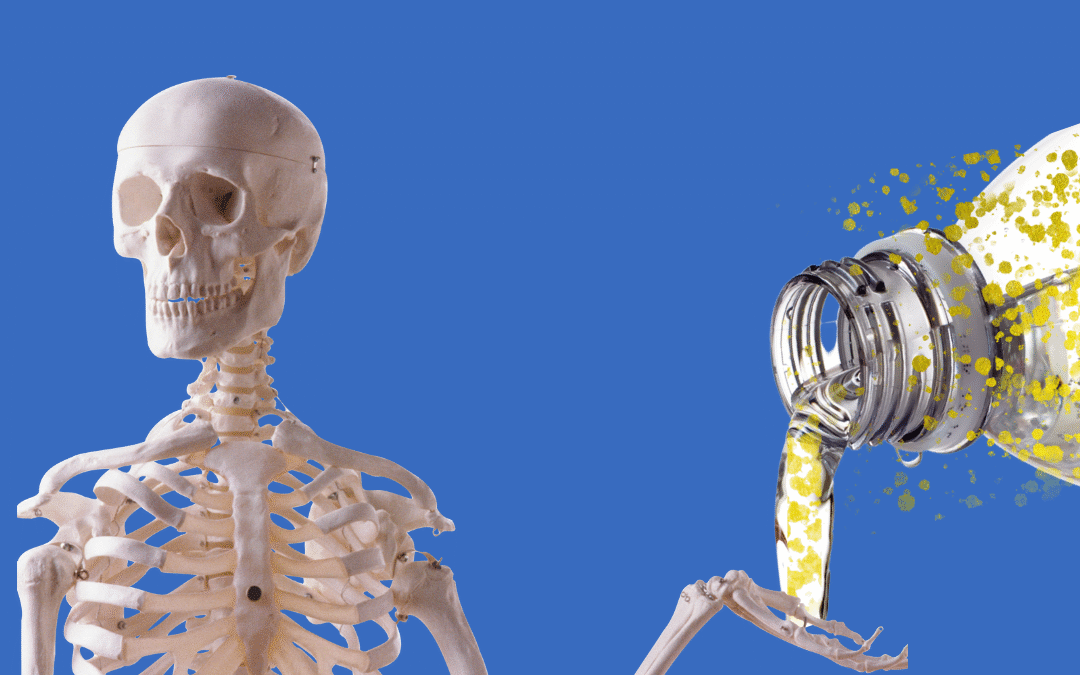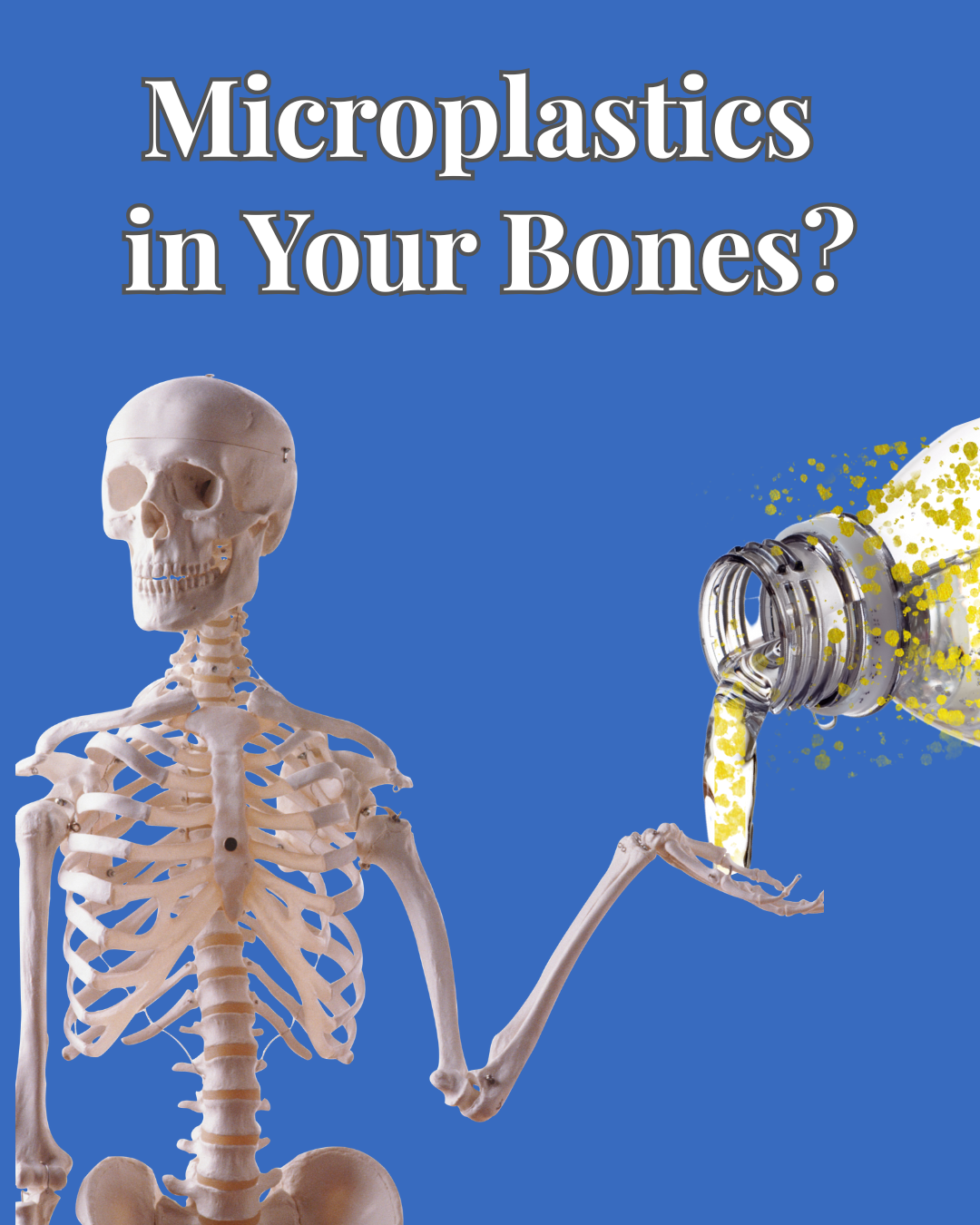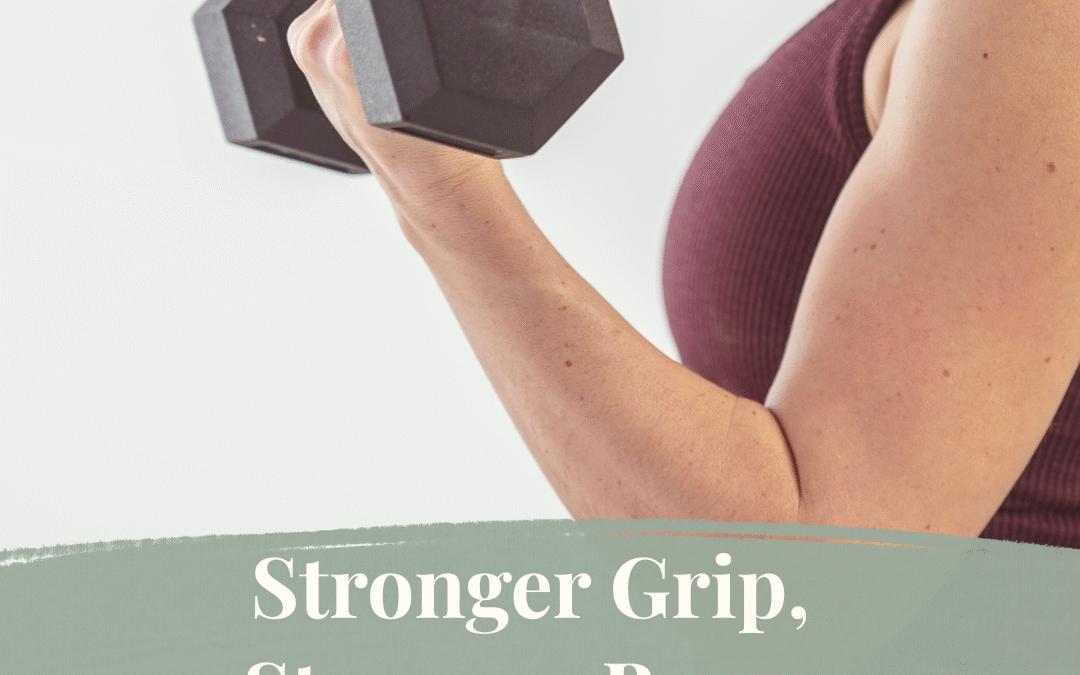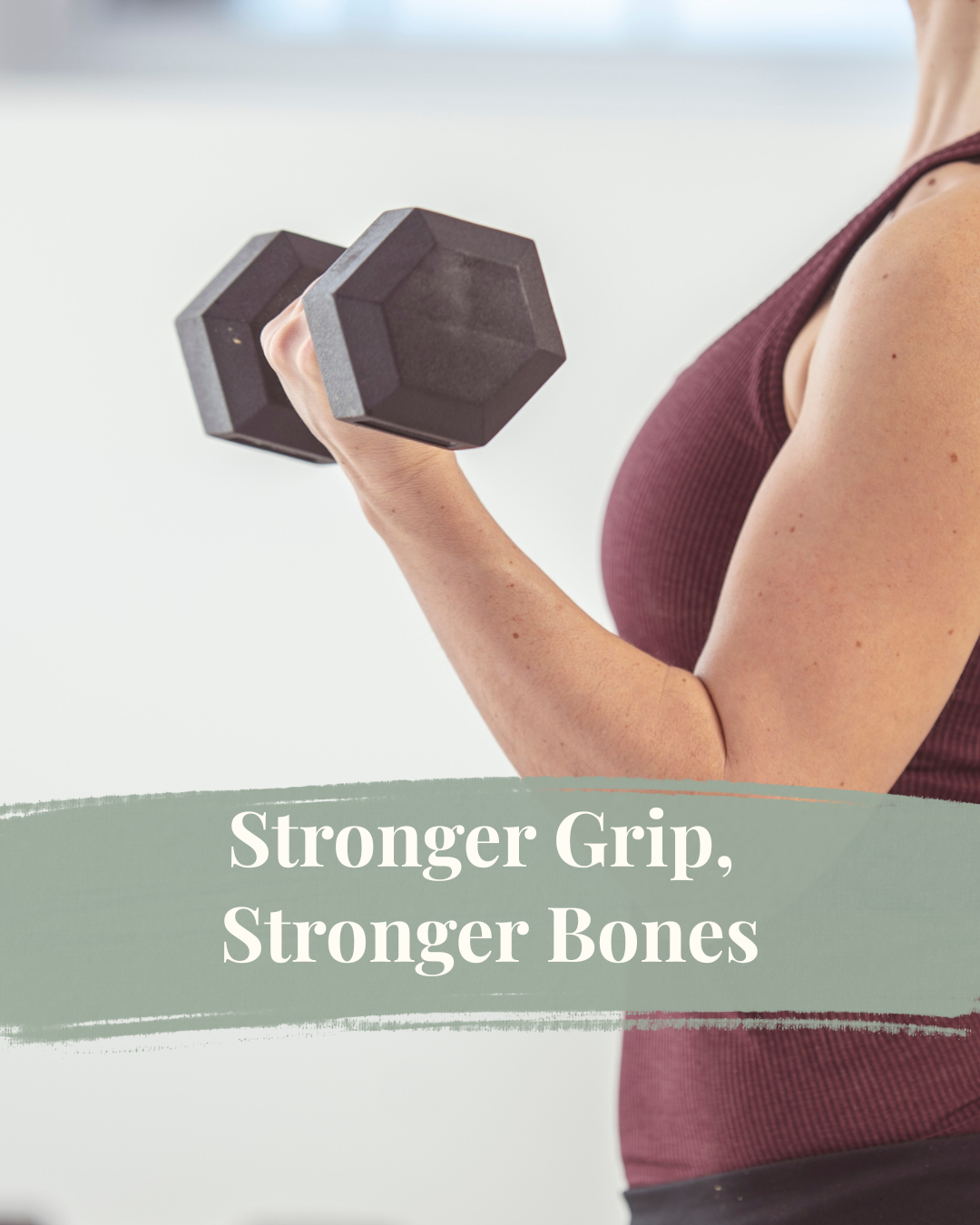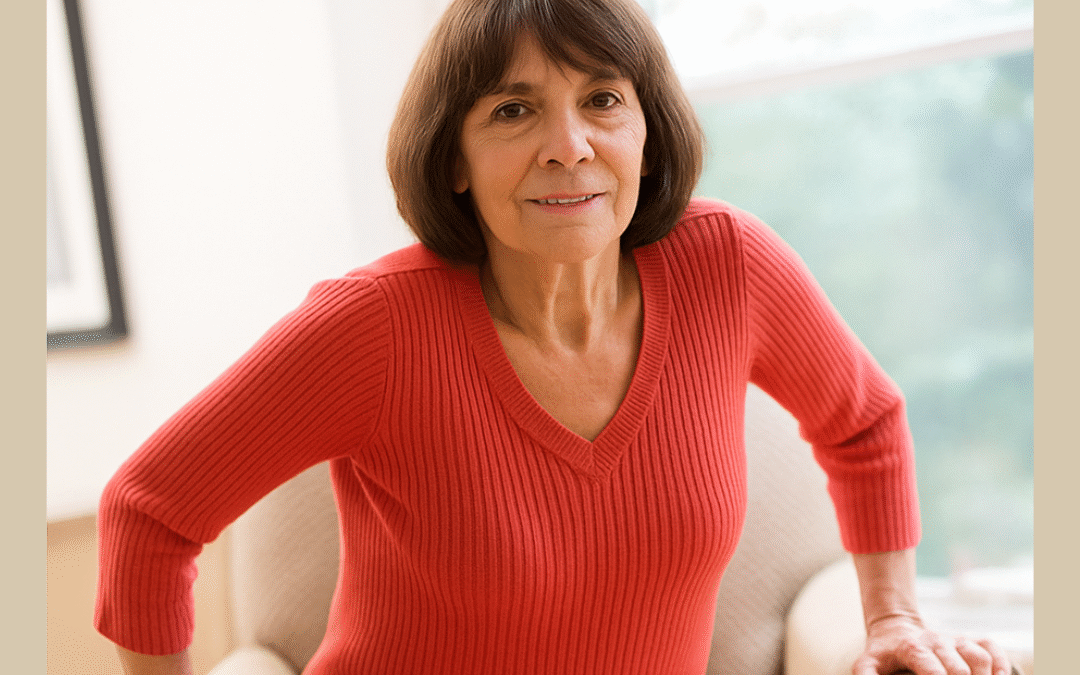
Sitting and Your Bones: Why Too Much Sitting Can Weaken Bone Health
If you’re like most women, your day might include long stretches of sitting — working at a computer, driving, reading, or watching TV. You may also make time for daily walks or exercise classes and assume you’re doing enough for your bones.
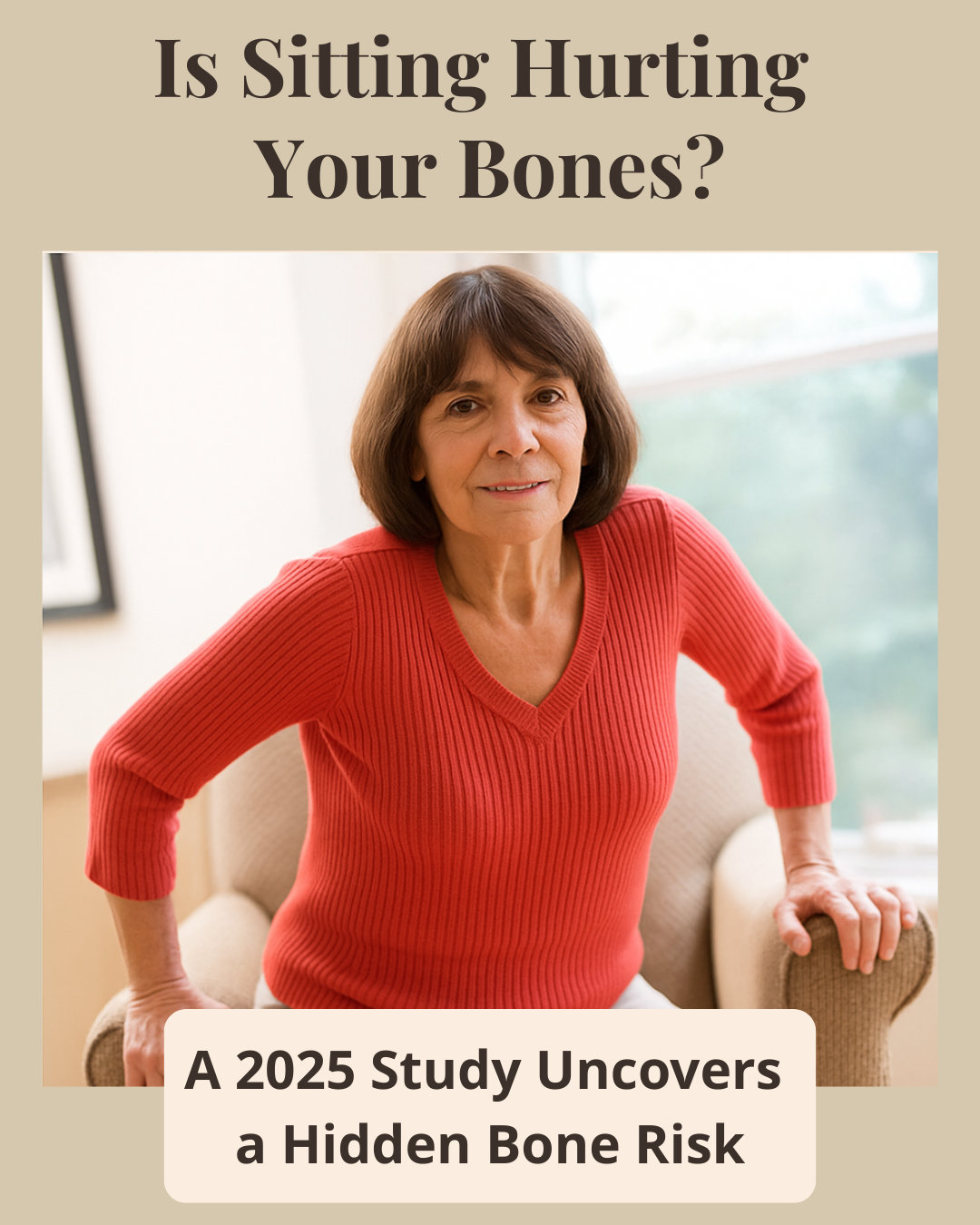
But here’s what a 2025 review from the International Osteoporosis Foundation (IOF) just confirmed:
Even if you meet your exercise goals, spending too much time sitting can still harm your bones.
The IOF’s Rehabilitation Working Group published a comprehensive review showing that sedentary behavior is an independent risk factor for lower bone mineral density — separate from how much you exercise. In other words, sitting too long may undo some of the benefits of your workouts.
What the Research Found
The review analyzed studies across all age groups and found a consistent pattern:
-
Children and teens who spent more time sitting had lower bone density in weight-bearing areas like the hips and femoral neck.
-
Adults and postmenopausal women who sat for long periods showed reduced bone density and higher fracture risk, even when they exercised regularly.
-
Replacing sitting with light activity — even standing, slow walking, or household movement — improved bone health outcomes.
The authors concluded that both physical activity and sedentary behavior are distinct, modifiable factors affecting bone health. That means maintaining strong bones isn’t just about what you do — it’s also about what you stop doing so much of.
Why Sitting Hurts Bone Health
When we sit for long periods, our bones experience less mechanical stress — and bones thrive on stress (the healthy kind). Movement stimulates the release of osteocalcin, a hormone produced by bone cells that helps maintain muscle mass and improve metabolism.
Less movement = less osteocalcin activity = less bone remodeling.
It’s a biological reminder that bones are living tissue, constantly sensing and responding to movement and load.
Prolonged sitting also affects:
-
Circulation → reduced nutrient delivery to bone tissue
-
Muscle tone → decreased postural strength, balance, and stability
-
Inflammation and metabolism → both of which can worsen bone loss over time
So while sitting may feel restful, too much of it quietly erodes the very foundation of skeletal health.
The Good News: Small Moves Make a Big Difference
The IOF review found that even light movement breaks — standing, gentle walking, stretching — counteracted the negative effects of sedentary time.
Here are simple ways to protect your bones throughout the day:
- Stand up every 30–45 minutes. Set a reminder or use a smartwatch alert.
- Take “movement snacks.” March in place, do heel raises, or stretch for 1–2 minutes.
- Walk after meals. Boosts digestion and supports bone metabolism.
- Use an adjustable desk. Alternate between sitting and standing.
- Do household chores with purpose. Gardening, cooking, and tidying all count as low-intensity bone-friendly movement.
- Break up screen time. During TV or reading breaks, stand or walk during commercials or chapter changes.
Think Beyond “Exercise” — Think “Movement Ecology”
We often measure activity by the number of workouts we do each week. But bone health depends on how much total movement your body experiences every day.
You can be “active” and still “sedentary” if the rest of your day is spent sitting. That’s why it’s time to shift from a mindset of workout goals to movement ecology — the total rhythm of your daily movement environment.
Here’s the new question to ask yourself:
“How often did I move today — not just exercise?”
A 7-Day “Move More, Sit Less” Challenge
Ready to put it into practice? Try this simple challenge:
- Track your sitting time for one full day.
- Set a timer to stand or move for 2 minutes every 45 minutes.
- Add one short 10-minute walk daily.
- Notice changes in energy, posture, and stiffness by the end of the week.
These tiny breaks may seem trivial, but they create powerful bone-building signals and help restore balance to your body’s natural rhythms.
Final Thoughts
Your bones are listening to every move you make — and every hour you don’t.
While exercise remains a cornerstone of bone health, it’s the moments between workouts that often make the biggest difference.
So today, take this simple prescription for stronger bones and a healthier gut:
Move often. Sit less. Load your bones in little ways, all day long.
Your skeleton will thank you.
Ready to sit less and move toward stronger bones?
Schedule your free 20-minute Bone Health Consultation with me.
Together, we’ll review your current habits, uncover hidden risk factors, and map out your next steps for protecting and rebuilding your bone strength—naturally.
Book Your Free 20-Minute Consult Here


